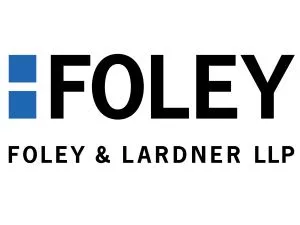The Consolidated Appropriations Act, 2022, signed into law on March 15, 2022, extended relief first made available at the start of the pandemic which allowed first dollar coverage for telehealth services under a high deductible health plan (HDHP) without ruining health savings account (HSA) eligibility. The original relief expired on December 31, 2021. Under the new law, the relief is reinstated effective April 1, 2022 through December 31, 2022. See our original article about this relief here and our article describing other provisions of the Consolidated Appropriations Act, 2022 applicable to telehealth here.
Note that this relief does not retroactively apply back to January 1, 2022. For calendar year plans, this results in a gap in the relief. We understand that some plan sponsors continued permitting first dollar coverage for telehealth assuming that the relief would apply from January 1 to March 31. These plan sponsors will have to consider whether to retroactively adjust claims to align with this gap in relief or run the risk of noncompliance. Some in the industry feel that the Internal Revenue Service (IRS) will not take enforcement action against HDHPs that fail to address the gap; however, the IRS has stated in the past (and recently, in informal comments) that they do not have the statutory authority to not enforce such legal requirements. In addition, this will ultimately be an issue for the employees, as individual taxpayers, because they will be the ones claiming eligibility for their HSA on their tax returns.
For fully-insured HDHPs, plan sponsors should contact their insurance carrier to determine if the carrier will apply this relief. For self-funded HDHPs, plan sponsors who want to allow for this relief should alert their TPA and stop-loss carrier. Per usual, plan documentation should be revised and participant communications should be sent.
Many are calling on Congress to make the relief permanent to avoid the "telehealth cliff." The various telehealth reliefs extended during the pandemic have had massive impact on expanding patient access to care. Join Foley lawyers and other telehealth experts at the American Telemedicine Association ATA 2022 Annual Conference & Expo May 1-3. Read more about the topics Foley lawyers will discuss at the conference, including the push for telehealth as a long-term solution to modernizing the American health care system here.
The content of this article is intended to provide a general guide to the subject matter. Specialist advice should be sought about your specific circumstances.



